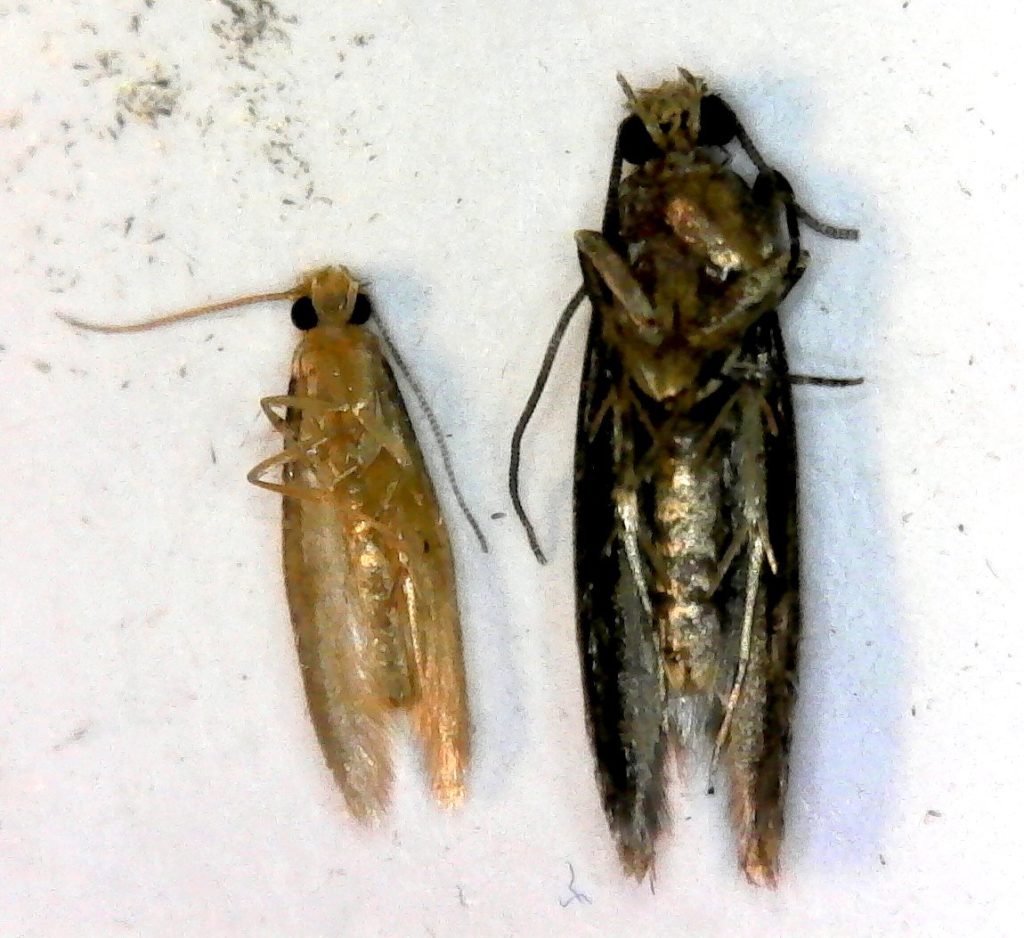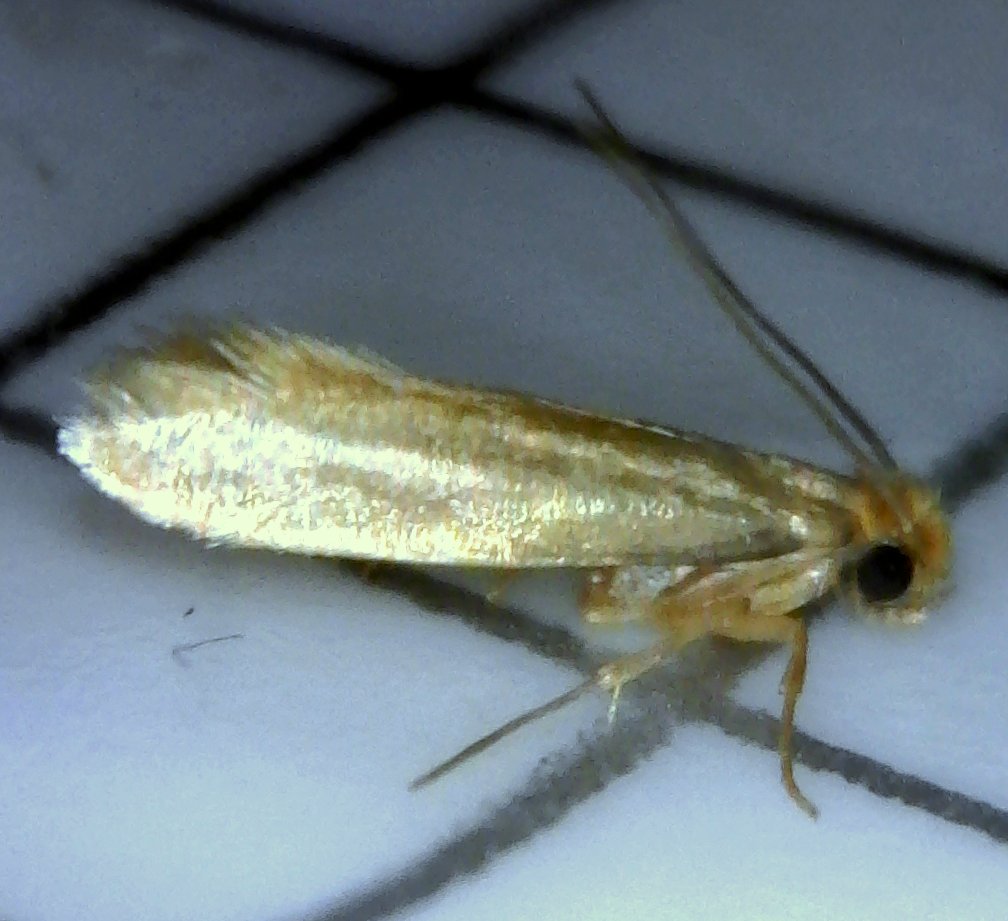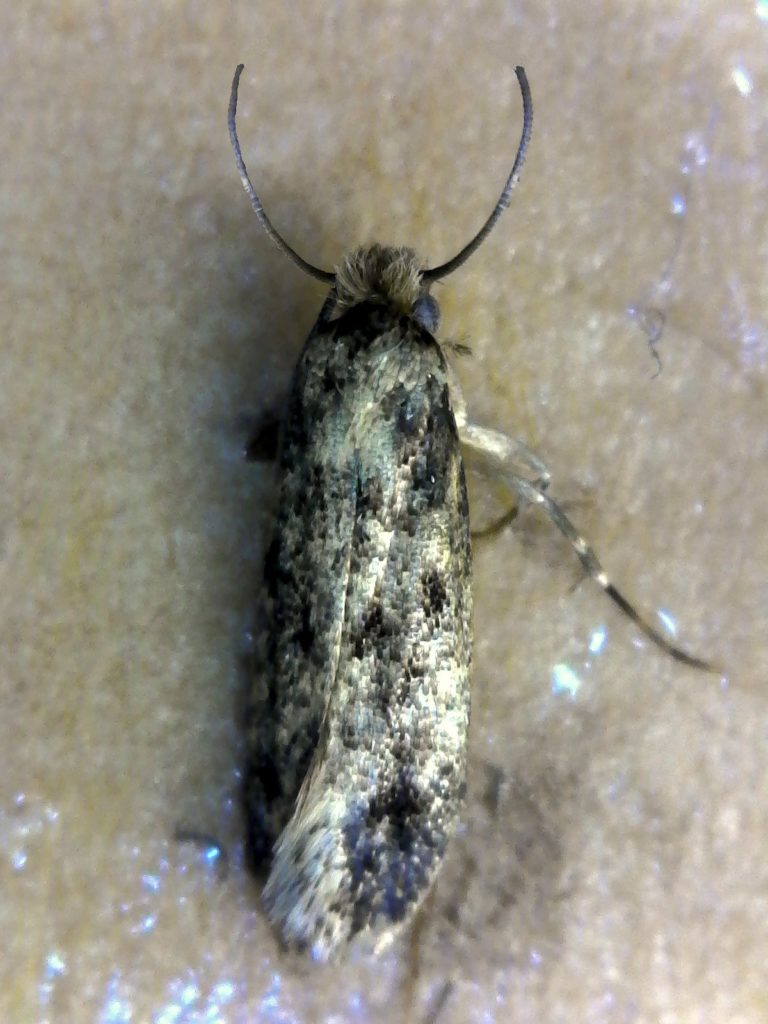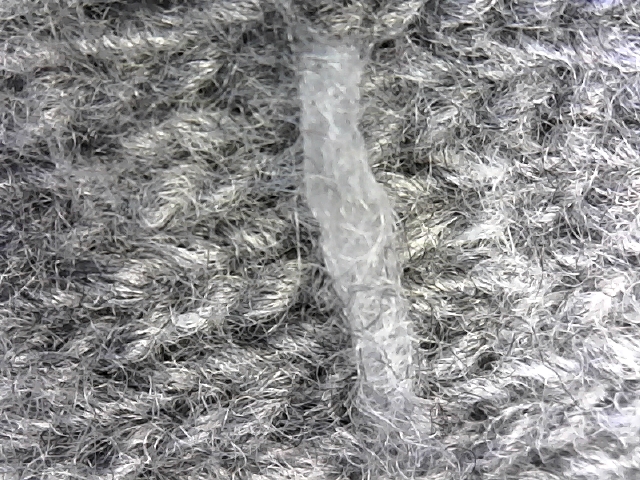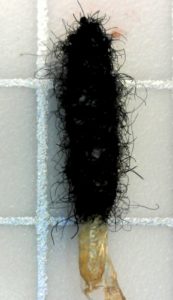What do Clothes Moths Look Like?
When people refer to “carpet moths” or “clothes moths” they are really referring to two distinct species of keratin-eating insects. Similar in behavior, these moths get their names from the subtle differences in how they build their cocoons.
The webbing moth (Tineola Bisselliella) is the more common of the two, with a body about 1cm in length and a distinct golden appearance. Webbing moth larvae are hatched in silk-like cocoon webs.
The casemaking moth (Tinea pellionella) is a slightly larger species of moth that also eats keratin. Instead of weaving a cocoon of silk, these moths build a cocoon made of fibers from the local environment.
The flight pattern of both species of moth is haphazard and non-linear. Although these insects can see, they are poor at identifying humans and seem completely oblivious to their presence. Often, they will fly right up to people and indiscriminately land on them. This suggests that the clothes moth has poorly-developed eyesight, unlike the keen vision of a housefly or bumblebee.
